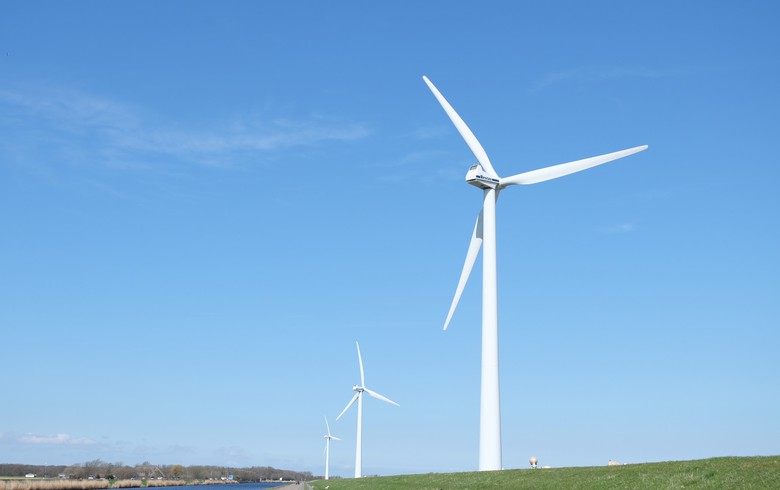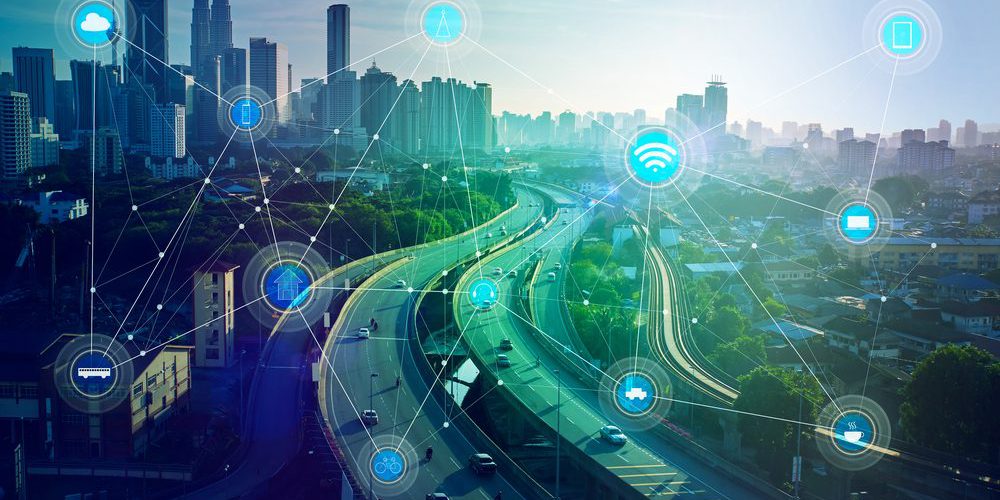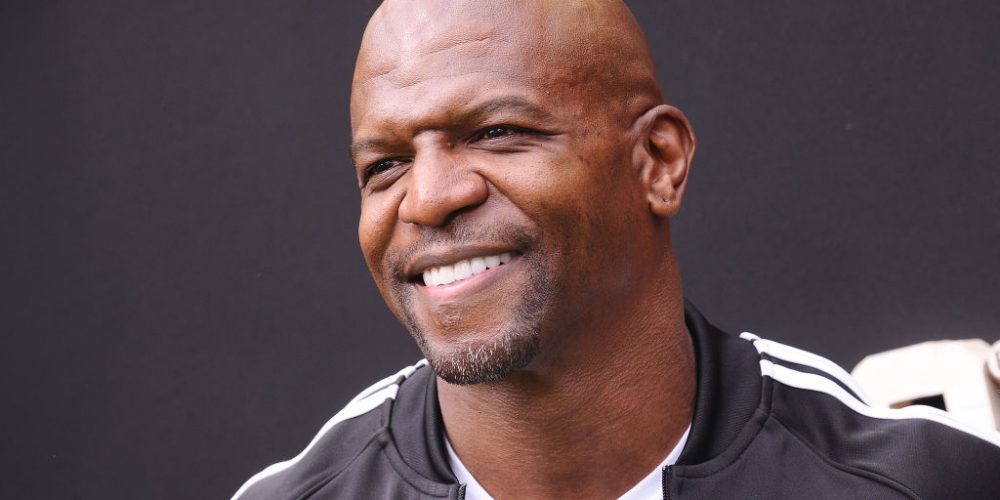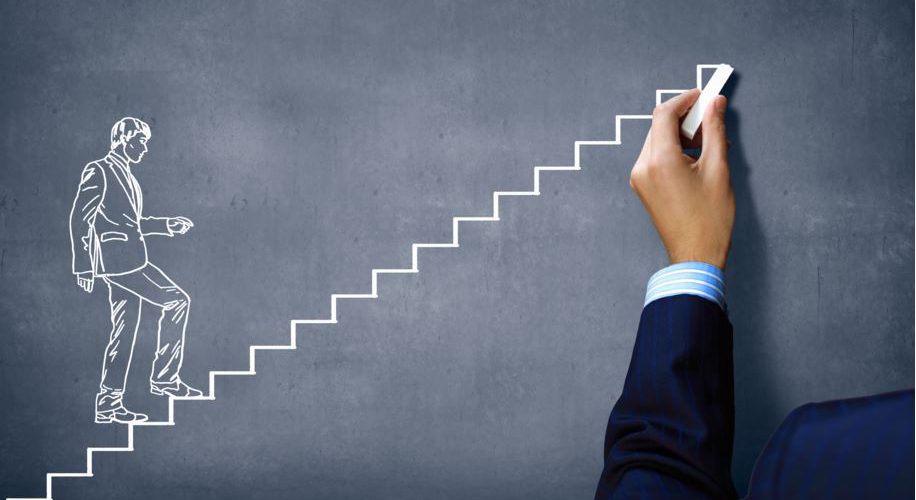When gas prices drop, optimism soars. When gas prices rise, optimism dies.

Gas prices in the US can be considered one of the main factors determining the level of optimism of Americans about their lives and their future, as numerous surveys show.
“The mood of Americans has risen and fallen in surveys this year in striking sync with the price of gas. Gas prices go up, and fear that the country is on the wrong track often does, too,” say the NYT journalists Emily Badger and Eve Washington. Gas prices go down, and the feeling of unhappiness is replaced by optimism that everything is not so bad.
“It’s of course not the case that fuel prices alone dictate the optimism (or surliness) of the nation. But these patterns suggest that gas, distinct from other things we buy, wields real power over how Americans think about their personal circumstances, the wider economy and even the state of the nation. Yes, this year has been marked by economic uncertainty and enduring pandemic divides. But lurking in the background of it all has been the whipsawing price of gas,” Emily Badger and Eve Washington say.
Gas Prices Peaks – Confidence Dips
Confidence in the economy and in the direction of the country fell as gas prices rose earlier this year.
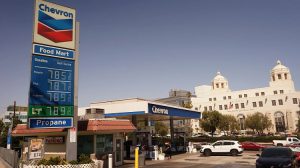
Then those patterns reversed as gas prices dropped.
According to Federal Reserve Economic Data, Civic national polls of registered voters, and Morning Consult consumer sentiment index:
In July, gas prices peaked at $5.00. And only 16% of registered voters said the country was on the right track. Consumer sentiment index fell to 73.
In October gas prices dropped at $3.50. And more voters (28%) said the country was on the right track. Consumer sentiment index rose to 83.
This year’s turbulent prices — the national average peaked at over $5 in June, tumbled into September, then leveled off — have offered a real-time demonstration of what many researchers have found. Gas prices can affect consumer sentiment and government approval ratings.
They influence how we shop and what we spend on other things. They shape travel behavior in the short term. And in the long run, they can alter the vehicles Americans buy, the appeal of far-flung housing and even development patterns.
“When the gas price changes, it changes everything,” said Mansoureh Jeihani, director of the National Transportation Center at Morgan State University. And in America especially, she said, sprawling communities and scant public transit mean most people have no alternative to driving when the cost spikes.
Little wonder then that gas prices might color your mood.
“When prices go up, we have this feeling of oppression that we can’t do everything we want,” said Patrick De Haan, head of petroleum analysis at GasBuddy, which tracks real-time gas prices across the country. And when prices are low: “You feel like you can go anywhere, you can see anything, you can do anything.”
The reasons for this are embedded in both our dependence on gas and the specific ways it differs from just about everything else we buy.
“There is no other consumer good or service with price tags that are visible from the street, all the time,” said Joanne Hsu, director of the Surveys of Consumers at the University of Michigan.
You see the price of gas even if you’re not the one pumping it. Not so with the price of eggs, for example, and if you aren’t the one who does your household grocery shopping. But if you are the one who pumps it, you stand there watching your purchase, cent by cent, staring hard at your bank account. Imagine the psychological toll if you paid your rent this way: $656 … $657 … $658 …
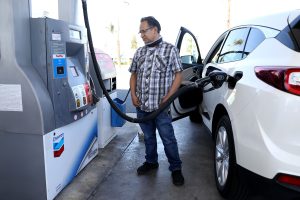
Gas is also particularly uniform as a product. There are generally only three options: regular, mid-grade, premium. It’s not like milk, for example, which comes in half or whole gallons, skim or 2 percent, organic or not, in a dozen brands. And when you buy gas, it’s not bundled with other goods.
That makes it easy to track the price. And it makes it hard for vendors to obscure price hikes. A box of cereal might shrink over time to conceal rising prices. But a gallon of gas is a gallon of gas (with a little nuance for summer and winter blends). And it’s also more or less the gallon of gas you’ve been buying your entire driving life.
“What other price series have I been monitoring casually since I was 16?” said Chris Severen, an economist at the Philadelphia Fed.
He and a colleague have found that people who learn to drive as teenagers during gas price shocks like the oil crises of the 1970s drive less even 20 years later in life. For many teens, this is the first time they’re regularly buying a good or service, Mr. Severen said. Gas is their introduction to consumption, and to the broader economy in personal terms.
As most drivers eventually learn, it’s also hard to substitute for gas. When other goods become more expensive, economists generally expect people to cut back on how much they buy, to buy something else instead, or to delay their purchase. But those strategies are trickier with gas, unless you live somewhere walkable or with good transit. Most Americans can’t just drive the kids to school four days a week instead of five, or put off going to work until the gas price falls.
“Even if it’s just gas, it’s just a car — it’s a lot for a family like mine, where we depend on this for a job,” said Denange Sanchez, who works as a cleaner with her mother in Palm Bay, Fla. “We fill our tank three or four times a week driving to apartment complexes and private homes. When prices go up, we have no choice but to bear it.”
Ms. Sanchez, 20, told pollsters for a New York Times/Siena College survey in July that she believed “the country was headed in the wrong direction”. Asked recently to expand on her pessimism, gas was the first thing on her mind. “High prices,” she said, “violate our sense that people should be able to afford what they need to access work.”

According to the NYT journalists Emily Badger and Eve Washington, “In that July survey, voters who said they filled up their gas tank more often were more likely to say the country was headed in the wrong direction. That is partly explained by partisanship, as Democrats are more likely to live in less car-dependent cities, and also more likely to feel upbeat with a Democratic president. But even among Democrats, the most optimistic were those who said they rarely fill up, or have no car to fill at all.”
More Driving, More Pessimism?
Around the time of peak gas prices this summer, voters who bought gas more often were more likely to say the country was headed in the wrong direction.
Based on a weighted New York Times/Siena College poll of 849 registered voters from July 5 to 7:
Only 11% of those who get gas more than once a week said the country was headed in the right direction.
Those who never or rarely get gas were more optimistic. 24% of them thought the country was headed in the right direction.
The July survey was taken shortly after gas prices peaked in mid-June. Then gas prices fell every day for the next three months.
Another Times/Siena survey in September found voters in a slightly brighter mood: The share of optimists among those who often get gas rose by 14 percentage points.
Other surveys this year have found similar patterns. Measures of consumer sentiment, which tracks confidence in the economy, have been historically low for most of the year but bottomed out in June when gas peaked. Summertime improvements in consumer sentiment, and the country’s direction also all stalled or reversed in September around when gas prices stopped falling.
“The Fed uses thousands of different data series to try to track how the economy is doing,” said Carola Binder, an economics professor at Haverford College. “But obviously most of us can’t process that much information. So I think we look for rules of thumb.”
Her research suggests people use gas prices in this way. She finds that consumer sentiment becomes more pessimistic when gas prices rise (people who lived through those 1970s crises get especially glum). As a rule of thumb, gas prices are simpler than the unemployment or inflation rates that are announced by the government once a month. You don’t need the government to tell you the price of gas. And you don’t need the media to help you interpret it, either.
Rather, when you encounter those ubiquitous, oversized prices, “it keeps as top of mind things that are not going well in the country, and not going well for you,” said Laurel Harbridge-Yong, a political scientist at Northwestern who has studied the phenomenon.
It’s not hard to draw those connections when expensive gas pushes people to forgo vacations, or to curb their grocery spending, or to put off seeing aging parents and grandchildren.
Teresa Richardson, who works as a personal care attendant in Erie, Pa., said in a Times survey in September that she felt the country was on the wrong path. Her employer has discouraged her and other caregivers from taking clients out for errands and activities. The cost of driving them around is too much.

And so her clients sit at home. Ms. Richardson, 48, sits there, too. Her disabled husband, who used to drop her off at work and use the car, sits at home now also, because it saves gas if she drives herself.
“We’re all stuck at home,” Ms. Richardson said. And that is no way to live. “Can you imagine how many other people feel like that?”
By Alex Arlander |ENC News


